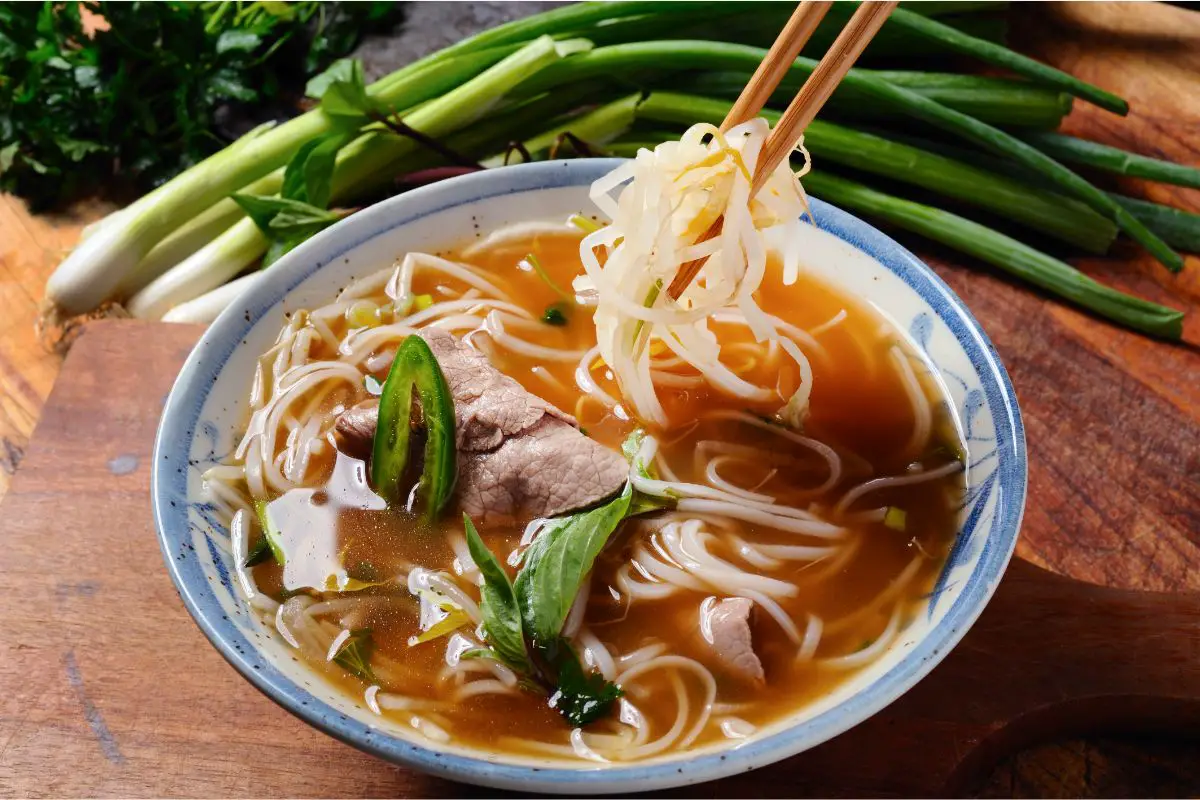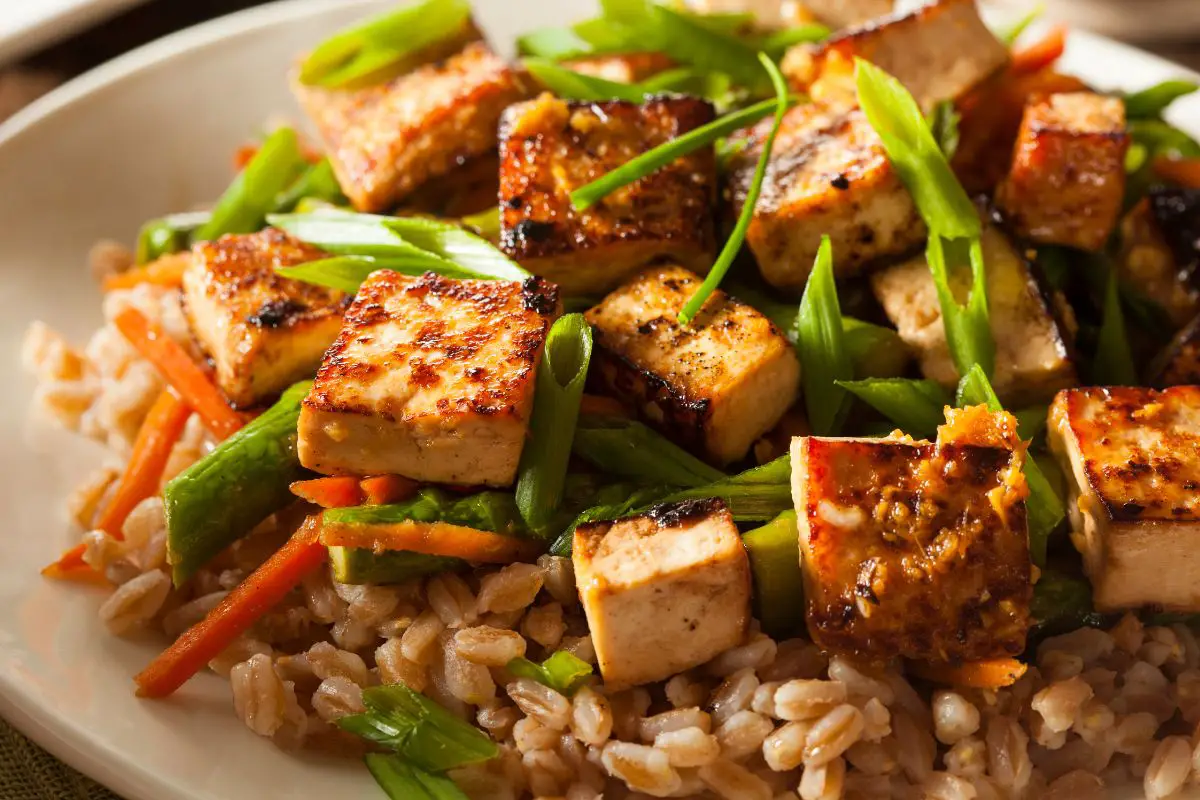Chia seeds are small seeds that come from the Salvia hispanica plant.
Most of the chia seeds you will come across are black in color, and are aptly named black chia seeds. However, another variety of the chia seed, the white chia seed, also exists.

Apart from their color, many people do not know the differences between these two kinds of chia seeds.
So, in this article, we will tell you all you need to know about the differences between these two seeds. If you’re interested, read on for more!
Where Do Chia Seeds Come From?
Both black and white chia seeds come from the Salvia hispanica plant. The difference in color between them comes down to genetics.
The Salvia hispanica plant that produces white chia seeds has recessive genes, which means it produces white flowers, and these white flowers produce white seeds.
Many view white chia seeds as unusual and rare because the dominant black chia gene means the majority of chia seeds are dark in color.
Is There A Nutritional Difference Between Black And White Chia Seeds?
Yes, there is a nutritional difference between black and white chia seeds. However, it is so marginal that the majority of sources label them as the same.
However, if you want to take a very close look at their nutritional composition, you would see that black chia seeds contain more protein while white chia seeds have more ALA omega3 fatty acids.
It is important to emphasize that these differences are extremely marginal, and they will vary drastically depending on the location where the plant is grown and the condition it is grown in.
Is There A Difference In Taste Between Black And White Chia Seeds?
No, there is no difference in taste between black and white chia seeds.
Black and white chia seeds have a near identical genetic makeup, with the recessive color gene being the exception. So, they taste exactly the same.
Is There A Difference In Price Between Black And White Chia Seeds?
Yes, there is a difference in price between black and white chia seeds. Generally, white chia seeds are more expensive than black chia seeds.
This is because white chia seeds are rare since so few of them are produced. Therefore, growers are able to charge for them, despite there being very small differences between the two types of seeds.

What Are The Nutritional Benefits Of Chia Seeds?
Aside from the slight differences in protein and ALA Omega 3 fatty acids, black and white chia seeds have the same nutritional benefits. Let’s check some out below!
Chia Seeds Are An Excellent Source Of Antioxidants
Antioxidants are a key factor in a healthy diet. They work to slow down aging and fight free-radicals, which are responsible for a variety of cell mutations.
Chia seeds contain many antioxidants such as quercetin and kaempferol, which have heart-protective effects and anti-cancer properties.
Chia Seeds Are An Excellent Source Of Fiber
Chia seeds are one of the best fiber sources around! One serving weighing 28g contains around 11g of fiber! Fiber is key to having an efficient digestive system and a healthy gut microbiome.
It also helps you to feel full. However, eating too many chia seeds can cause digestive problems, so it’s best to have them in moderation.
Chia Seeds Can Help With Weight Loss
Of course, chia seeds are not a miracle answer to weight loss, but because they are high in protein and fiber they can reduce hunger cravings and therefore reduce the amount of food consumed in one day.
This is beneficial for those trying to lose weight.
However, it is still important to include chia seeds as part of a balanced diet with other foods, and not use them to replace other foods.
Chia Seeds Are An Excellent Source Of Calcium
28g of chia seeds will provide 18% of the RDA, making them a much better source of calcium than many dairy products.
So, if you are vegan, it is a good idea to incorporate chia seeds into your diet to ensure you are eating enough calcium.
Chia Seeds Can Help Reduce Blood Pressure
Chia seeds will help reduce blood sugar levels and will lower blood pressure for people with hypertension. This helps to decrease the risk of heart disease.
Chia Seeds Are An Excellent Source Of Omega 3’s
Chia seeds are higher in omega 3’s per gram than salmon. However, the omega 3’s they provide are ALA, which the body finds more difficult to break down.
However, chia seeds are still an excellent way to get omega 3’s into your diet!
Chia Seeds Are An Excellent Source Of Protein
In terms of weight, just one serving of chia seeds (see also: Chia Seed Table: USDA Comparisons)contains 14% protein, which is excellent when compared to other sources of plant-based protein.
So, vegans and vegetarians will benefit hugely from incorporating chia seeds into their diet!
How To Eat Black And White Chia Seeds
There are many different ways to incorporate chia seeds into your diet. It is a good idea to soak them in water to make them softer.
They are typically mild with a unique texture, and they are normally the key component of chia pudding, a healthy dessert that will satisfy all of your chocolate pudding cravings.
However, you can add both black and white chia seeds to salads, protein bars, smoothies, granola, and more!
Their mild flavor means you can eat them with an eclectic mix of meals, and their fantastic nutritional content ensures these meals have a healthy twist.
Final Thoughts
Chia seeds come in two different colors: black and white. However, aside from the color, very slight nutritional variations, and price, there is no difference between black and white chia seeds.
Both taste the same and are great ingredients in a variety of dishes, such as pudding, salad, and smoothies, as part of a healthy and balanced diet.
We hope this article helped you understand the differences between black and white chia seeds.
- How To Make A Paleo Detox Smoothie: Berry Cherry Green Edition - April 18, 2023
- How To Make Spicy Paleo Paprika And Thyme Veggie Fries - April 18, 2023
- 15 Mouthwatering Keto Apple Recipes You Need To Try Today - April 18, 2023









